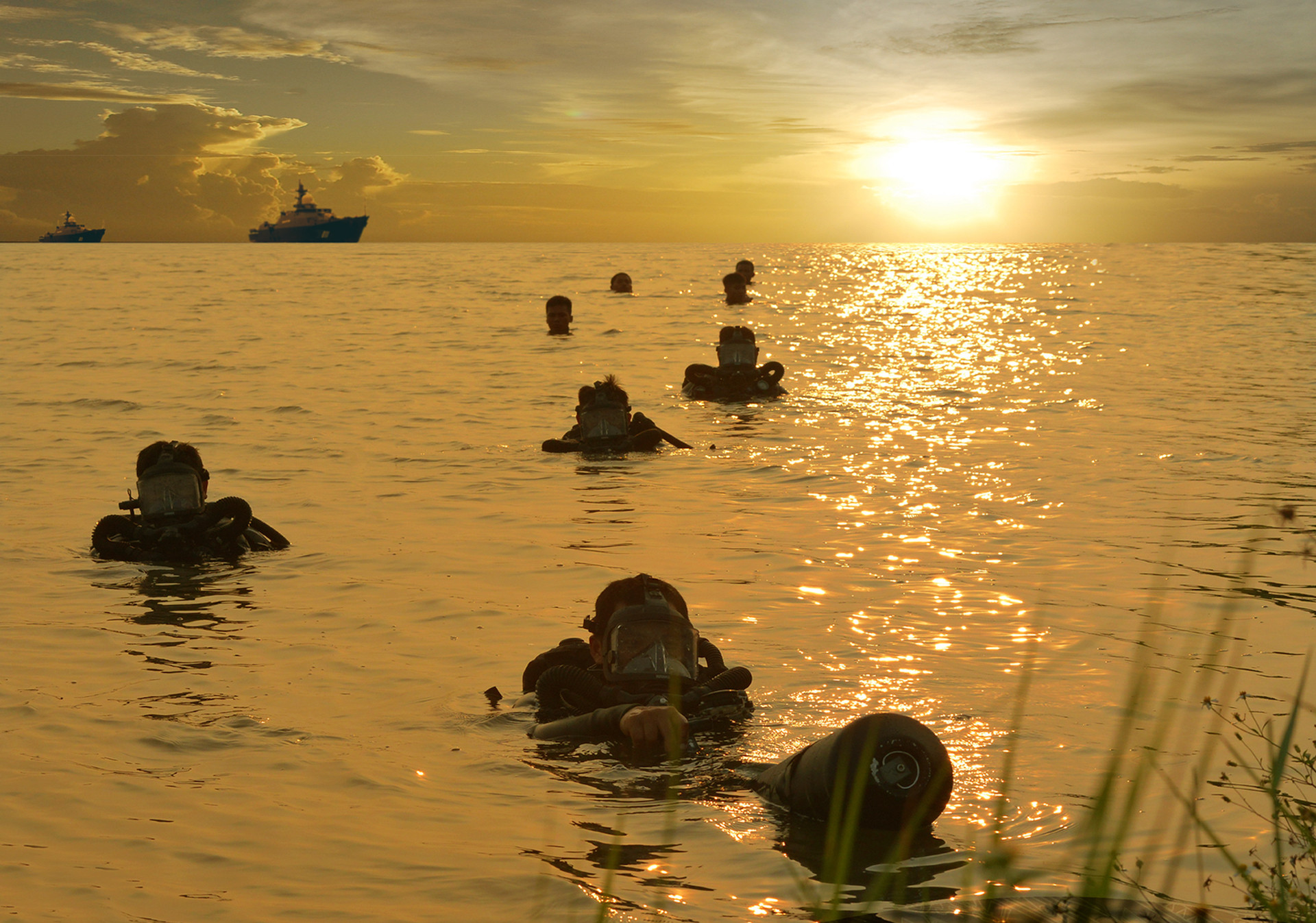
The "miraculous" naval commando
Cua Viet 1967...
In the middle of the foggy sea one night in 1967, on the other side of the Ben Hai River in Cua Viet ( Quang Tri ), our naval commandos "went out" for the first time with the mission of destroying enemy warships. Under the pitch-black night and bombs and artillery pounding day and night, they quietly dove into the waves, using their extraordinary diving skills and courage.
On the occasion of the 70th anniversary of the founding of the Vietnam People's Navy (May 7, 1955 - May 7, 2025), those feats of arms on the water are recalled as a heroic epic of "divine and supernatural" appearance.
On the night of March 10, 1967, under the command of Captain Mai Nang, the 126th Naval Special Forces Group secretly approached the northern shore of Cua Viet. Diving under the calm river, the soldiers suddenly attached mines to a 70-ton South Korean dredger that was dredging the river mouth. More than 2 hours later, the 70-ton South Korean dredger was blown up by the mine and sank. That was the first ship sunk by the naval special forces at Cua Viet, opening a series of consecutive victories that followed.
Less than two months later, in the middle of the stormy season in May 1967, a group of special forces divers infiltrated and planted mines on the US LCU ship anchored on the Cua Viet River. Two hours later, the mines exploded, the LCU ship was torn apart and sank on the spot, lying across the Cua Viet River. Fierce waves erupted, many enemy soldiers were thrown into the sea at night.
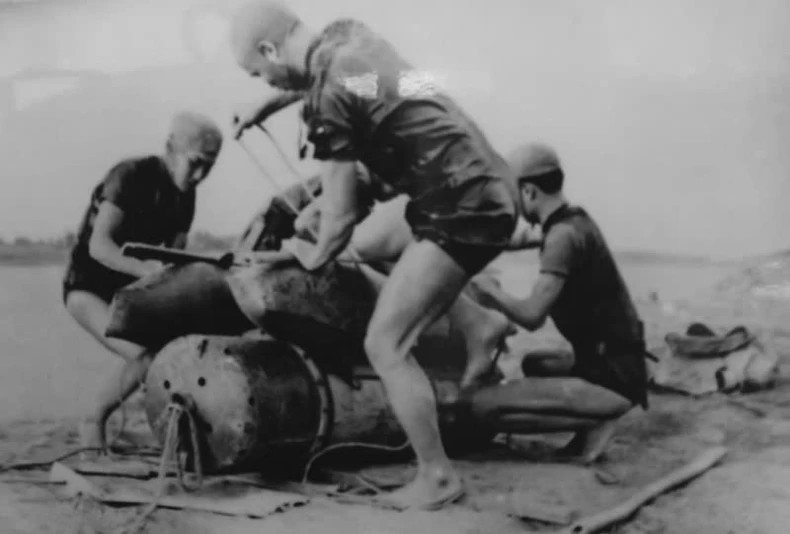
Naval commandos linked up with mines to attack enemy ships in Cua Viet, Quang Tri. Photo courtesy
In the enemy’s panic, two soldiers Nguyen Van Kiem and Tong Duy Kien chased and destroyed the third target. When the dredger Hayda left the dock to dump soil, the two men let themselves float on the water surface, pressing the mines against the side of the ship. At 5:30 a.m. on May 9, 1967, the dredger Hayda exploded, and 1 hour later, it exploded a second time… The ship quickly sank.
Meanwhile, another squad of water commandos attacked a larger target, a 5,000-ton LST carrying armored vehicles. Soldier Nguyen Hung Le and his teammates crawled through the defense fence and attached two explosive charges to the bottom of the vehicle compartment and cargo hold. Just two hours after the attack, the mines were activated, causing the LST to shake off its hull and slowly sink.
The explosion that resounded at the bottom of the river marked the first battle in which naval commandos sank a large transport ship using technical weapons. This battle caused a great resonance, opening the legendary battles of the Vietnamese naval commandos.
In just 5 months (April-September 1967) in the Cua Viet - Dong Ha area, Team 1, Group 126 fought 6 battles, sank 10 enemy ships, destroyed many vehicles and greatly depleted the enemy's forces. Black shadows of commandos dived in the raging waves and suddenly appeared to plant mines, then disappeared when the explosion sounded. Fires burned the sky, the enemy ship's wreckage drifted on the river...
Sinking of 15,000 ton oil tanker
In September 1969, the whole country was saddened by the death of President Ho Chi Minh . The Saigon government took advantage of those days to attack and fiercely destroy many areas on the southern battlefield. The enemy increased supplies for tens of thousands of troops being held at Route 9 - Khe Sanh. Goods and weapons were transported by sea to Cua Viet port, which had a dense protection system with patrol boats, bunkers, reconnaissance planes and frogmen.
The enemy's naval command ordered transport units to use ships under 4,000 tons to enter Cua Viet port to unload goods, while larger ships had to anchor at sea, 1-5 nautical miles from shore.
On the night of September 5, scouts discovered a 15,000-ton oil tanker anchored off Cua Viet, 3km from shore. Our troops decided to attack. However, this time the target was not simple. The giant oil tanker, hundreds of meters long, looked like a tall building in the middle of the sea. Above, there were two planes circling for surveillance. On board were soldiers guarding and cameras 24/7. Underwater, the ship had a team of frogmen protecting it.
The estuary has coastal patrol boats, dredgers, minesweepers and enemy ambulances. South of Cua Viet, close to the sea, there are 2 bunkers and many observation posts...
The team directly fighting the enemy consisted of 3 people. Besides Major Tran Quang Khai (born 1952, Hoang Trinh commune, Hoang Hoa district, Thanh Hoa), there were also Mr. Tran Xuan Ho and team leader Bui Van Hy.
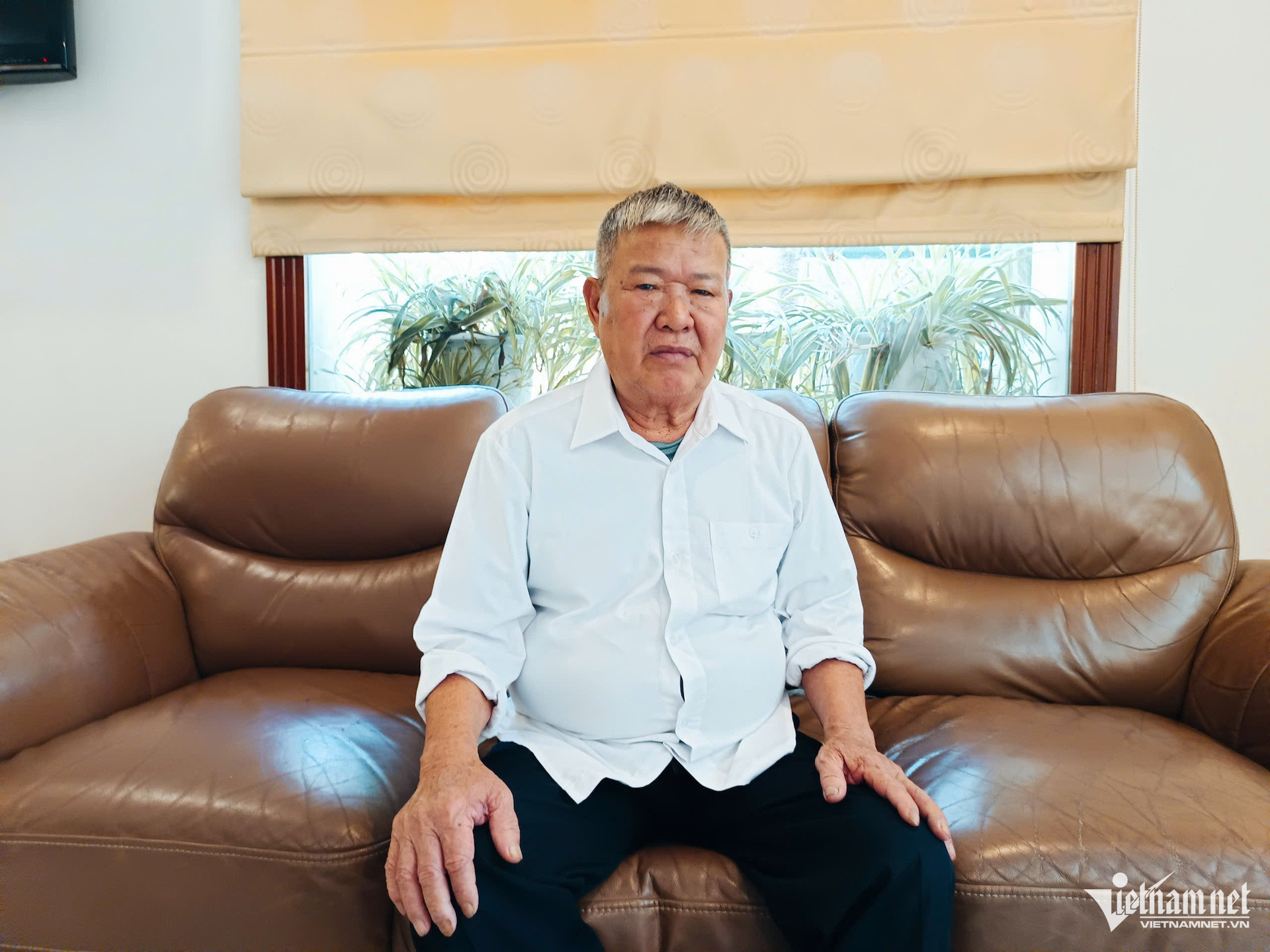
Major Tran Quang Khai, the man who terrified the enemy
“At that time, I was only 17 years old - the youngest but had the most experience in shipbuilding among the three brothers,” said Mr. Khai.
On the evening of September 6, 1969, the special forces team crossed the Cua Tung ferry to the South bank, going along the edge of the sea. At 10 p.m., Mr. Khai and his teammates arrived at the North bank of Cua Viet to receive weapons, especially two Soviet turtle mines weighing 6.8 kg, then put on lifebuoys and went down into the water to cross the Cua Viet river to the South bank.
The people loved us very much. They loved us immensely. The rice balls and shrimp that afternoon gave us strength to carry out our mission of destroying ships... If it weren't for the people who sheltered and sheltered us, we wouldn't have been able to complete our mission. Major Tran Quang Khai
“On the night of September 7, the sea was very rough. Every time we swam out, the waves pushed us back to the shore like a wall of water. I told Ho: “The waves are limitless, human strength is limited, we have to dive through each wave, repeating 3-4 times to get past the surface waves, then only the big waves remain.” But due to lack of experience, we did not catch the right tide and were swept away. I tasted the water changing from brackish to salty, so I knew we were swept far away. We had to return to shore, find a place to hide our weapons and hide,” Mr. Tran Quang Khai recalled.
On the night of September 8, two soldiers Tran Quang Khai and Tran Xuan Ho continued to wear life jackets and carry weapons to overcome the waves to approach the target.
After the first failure, Mr. Khai learned his lesson. “The lights at the front and back of the train and your eyes form three straight lines. Swim straight ahead, no need to swim to catch up.
The light from the headlights made the sea surface around the ship as bright as day. Mr. Ho crept to the left side of the ship, I crept to the right. We both looked for the oil tank, then scraped the barnacles, pressed the mine, and pulled the anti-release pin. Each mine was about 3 meters apart, placed at a depth of 0.5 meters below the sea surface. This type of mine is special in that once the anti-release pin is pulled, no matter what the enemy does, the mine will still explode,” Mr. Khai said.
As soon as they finished installing the mines, they were discovered by the enemy. AR-15 bullets and grenades exploded like rain around the ship. Flares filled the sky, warships and helicopters surrounded the sea area. The ship panicked and weighed anchor to head back to Cua Viet.
At home we had promised that if we were discovered, we would swim straight in to detonate the mines if we were only 10-15 meters away from the ship. We were not afraid of death.
“Grenade was thrown down like rain... and you know, underwater mobility is very low, there is no place to hide. However, during the time the grenades were thrown down and exploded, we managed to move to another position. At that time, the communication line between the two brothers was broken. I was injured...”, Mr. Khai recalled
At around 10pm, the timed mine exploded. A huge column of fire rose from the 15,000-ton ship, lighting up the entire sea. The ship sank in a sea of flames. The battle marked one of the greatest victories of the Vietnamese special forces in the resistance war against the US.
Major Khai recalled that there were sharks in this sea area, and after the explosion there was a lot of blood, so it was not easy for the enemy to search.
Dozens of foreign newspapers at that time published this event with words like "inexplicable", "beyond imagination", "horrifying"... The enemy could not explain this great loss.



In 2015, Mr. Tran Quang Khai was awarded the title of Hero of the People's Armed Forces for his outstanding achievements. This was a worthy recognition for a soldier who had "returned from the bottom of the sea".
“The Fatherland comes first,” Mr. Khai recalled the words of his team leader Bui Van Hy that year before the launch. A saying he carried with him throughout his life - from deep dives at night to each time he stood before the waves of his homeland.
If possible, I just hope that in the future, my children and grandchildren will know that there were people who quietly walked underwater to keep the Fatherland at peace. No need for honor, just remember.
Vice Admiral Tran Thanh Nghiem, Commander of the Navy, once emphasized that the mission of the Navy is to "shoulder the historical mission" of protecting the sea and sky of the Fatherland.
The heroic history of the water commandos at Cua Viet and offshore in 1969 is a strong testament to that spirit. Today, the image of the "magical" water commandos is still the pride of the Vietnamese people about the Yet Kieu in peacetime.
70 YEARS OF THE VIETNAM PEOPLE'S NAVY (May 7, 1955 - May 7, 2025)
May 7, 1955: The Ministry of National Defense established the Coastal Defense Department - the origin of the Vietnam People's Navy.
January 24, 1959: Establishment of the Navy Department under the General Staff, laying the foundation for force organization.
January 3, 1964: Upgrading the Navy Department to the Navy Service, affirming its core role in protecting sea and island sovereignty.
August 2-5, 1964: In the "first battle of fire", the Navy shot down 8 US aircraft, forcing the destroyer Maddox to withdraw from Vietnamese waters.
1965-1975: The Navy opened the "Ho Chi Minh Trail at sea", carried out "ship-without-number" trips; naval commandos made achievements at Cua Viet; coastal artillery and missile forces held the North firmly...
1975: Liberation of the Spratly Islands.
2010-2015: Invested in modernization, established Submarine Brigade 189, Naval Air Brigade 954, completing 5 combat force components.
Presently: The Navy proactively grasps the situation, improves training quality, successfully carries out search and rescue missions, strengthens international cooperation, and firmly protects sea and island sovereignty.
Source: https://vietnamnet.vn/dac-cong-hai-quan-viet-nam-xuat-quy-nhap-than-giua-bien-lua-2398356.html


![[Photo] Unique architecture of the deepest metro station in France](https://vphoto.vietnam.vn/thumb/1200x675/vietnam/resource/IMAGE/2025/11/14/1763107592365_ga-sau-nhat-nuoc-phap-duy-1-6403-jpg.webp)

![[Photo] Special class in Tra Linh](https://vphoto.vietnam.vn/thumb/1200x675/vietnam/resource/IMAGE/2025/11/14/1763078485441_ndo_br_lop-hoc-7-jpg.webp)

![[Photo] Unique art of painting Tuong masks](https://vphoto.vietnam.vn/thumb/1200x675/vietnam/resource/IMAGE/2025/11/14/1763094089301_ndo_br_1-jpg.webp)

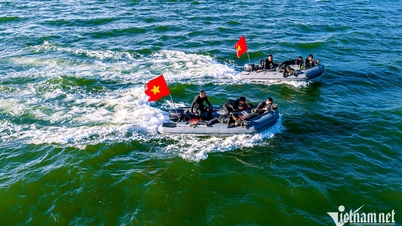
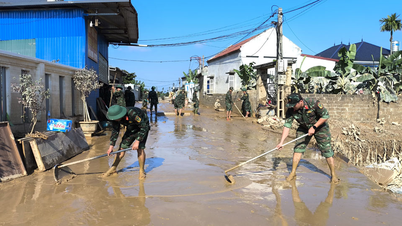

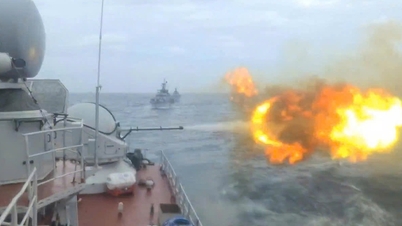







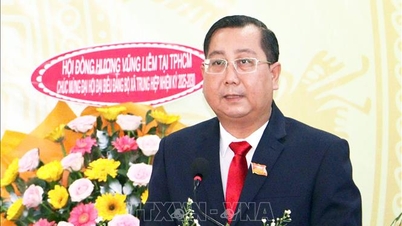

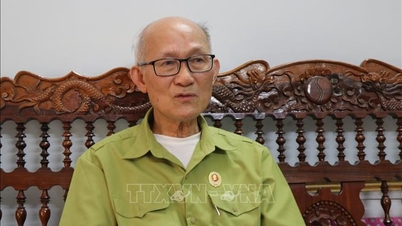



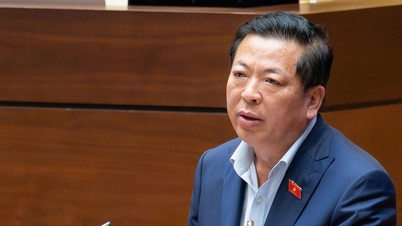
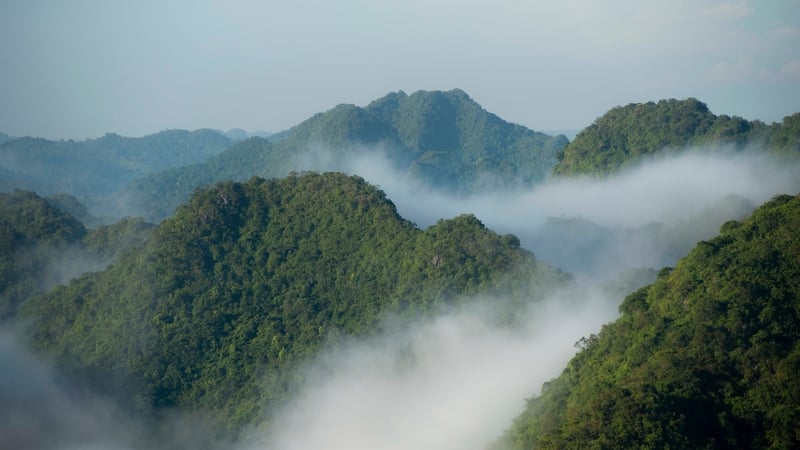




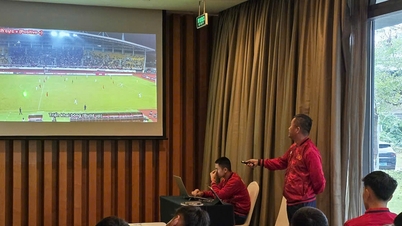
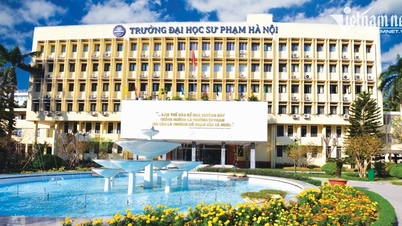



![[Photo] Deep sea sand deposits, ancient wooden ship An Bang faces the risk of being buried again](https://vphoto.vietnam.vn/thumb/1200x675/vietnam/resource/IMAGE/2025/11/13/1763033175715_ndo_br_thuyen-1-jpg.webp)


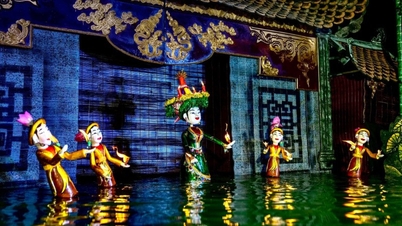

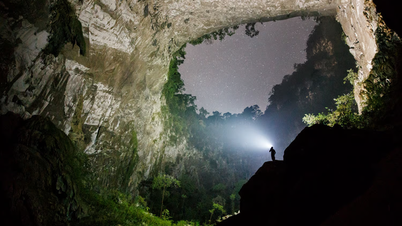







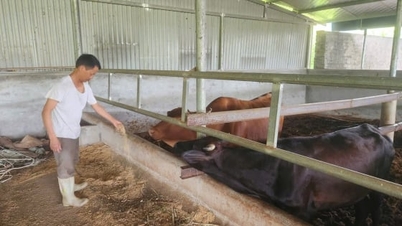


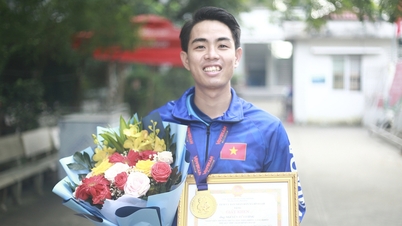



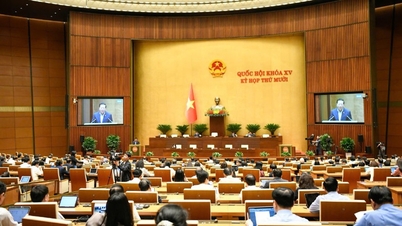














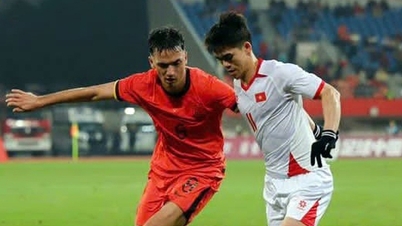
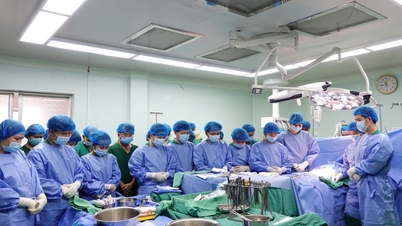
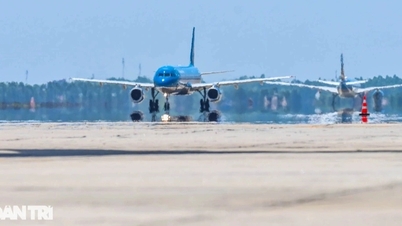

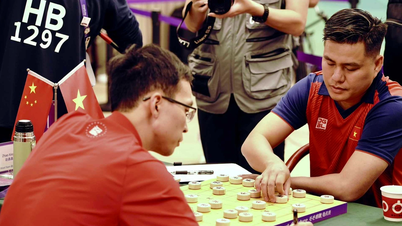
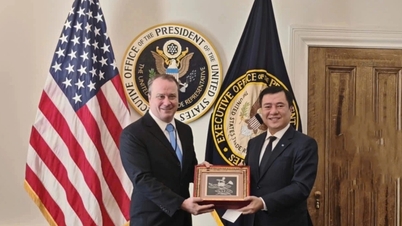





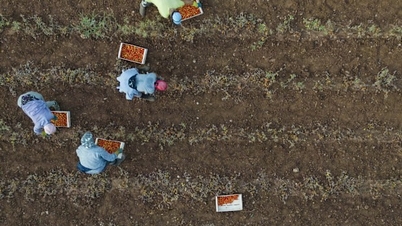


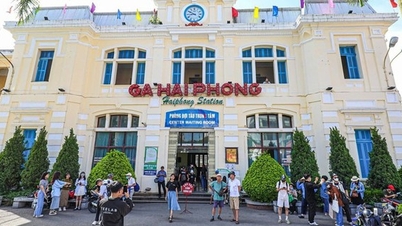



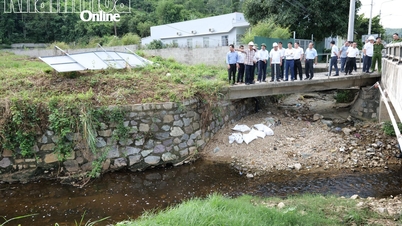

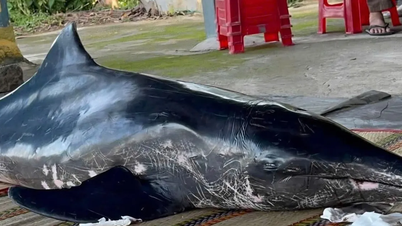
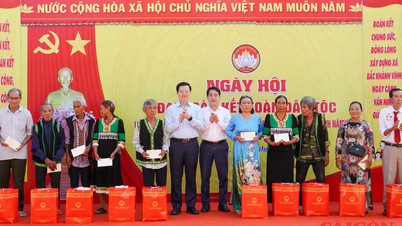





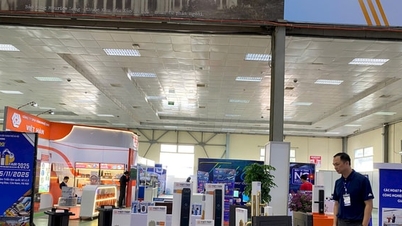




![Dong Nai OCOP transition: [Article 3] Linking tourism with OCOP product consumption](https://vphoto.vietnam.vn/thumb/402x226/vietnam/resource/IMAGE/2025/11/10/1762739199309_1324-2740-7_n-162543_981.jpeg)





Comment (0)